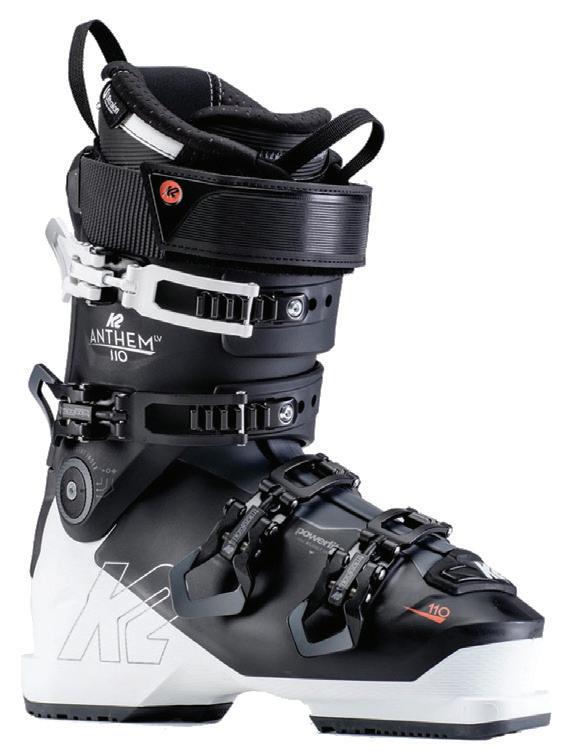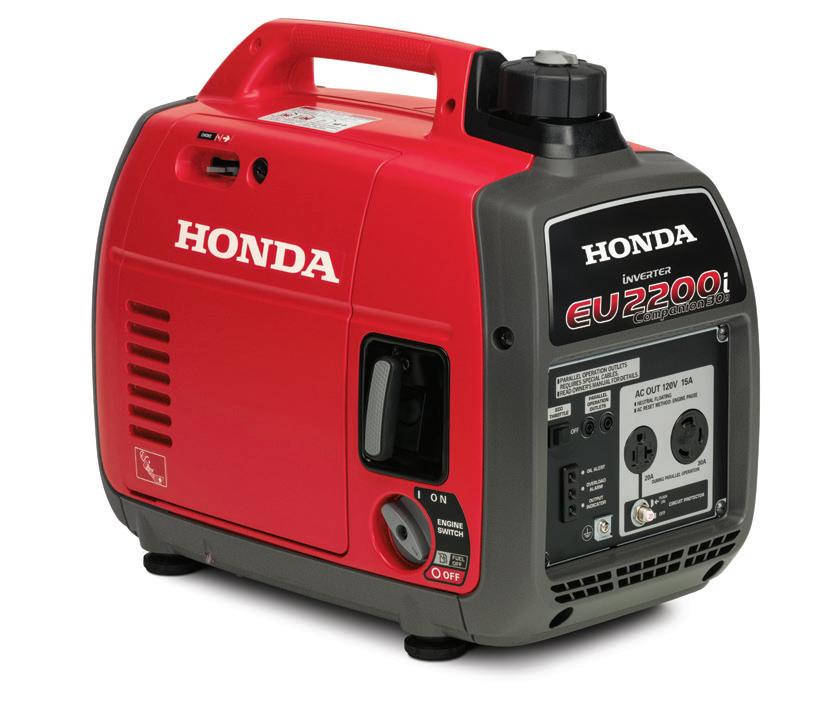
6 minute read
Fuss in Boots
FUSS IN BOOTS HOW TO GET THE PERFECT SKI BOOT FIT
By Melissa McGibbon
Advertisement

22 « Late Winter 2020 ¦¦¦ Gear ¦¦¦ sportsguidemag.com ¦¦¦ No doubt about it, ill-fitting ski boots are likely the reason many beginners give up trying to learn the sport. And any seasoned skier will tell you that having the right gear makes a world of difference in your skiing ability. While it’s easy to defer to the cushiest boots you fit into, they might actually hold you back. Most people buy ski boots based solely on the length of their foot, which is a mistake because there are many other factors that go into finding the best boots for your feet. Take into consideration the shape, length, and width of your foot, calf/ shin shape, and volume as well as your ability level, which will determine the flex (or stiffness) of the boot. To get a perfect fit, visit an expert bootfitter who understands how to measure your feet correctly. Find someone knowledgeable about anatomy and how the foot works in relation to skiing. If you go to someone for a boot fitting and they don’t ask you to show your knees and lower legs, turn around and walk away. One such local expert is Earl Middlemiss of The Sport Loft in Holladay. He and his son, Jeremy, have a combined 74 years of custom boot fitting experience. According to Earl, “The most important part is the hind part of your leg and foot, and if you don’t get that right the rest won’t work either. That’s where you get all the power, control, and steering.” They test every new boot from every manufacturer, every year to determine which boots ski the best. KEY BOOT FIT FACTORS Footboard Ramp Angle: Controls the front and back hip placement and needs to be adjusted for each individual. 1. Shaft Alignment: Enables the skier’s foot to be flat so the skier isn’t riding on the inside or outside edges. Works with the angle of the upper cuff to the curvature of the lower leg shaft for better comfort. 2. Forward Lean and Ramp Angle: Ensures proper stance and balance with the center of mass over the center of the ski. Of course, the elements vary from skier-to-skier; that’s why it’s important to visit a boot fitting expert before you buy your next pair of boots. Since ski boot manufacturers can’t make bespoke boots for everyone, they’re counting on consumers to get them further customized with options like shell heat molding. KNOW THYSELF Once you learn what your individual fit measurements are you’ll know what to look for when shopping for boots. Your bootfitter can recommend a pair of ski boots that match your biomechanics. Mondopoint: Most people use the Mondopoint sizing chart to convert your US shoe size to ski boot sizes; it’s basically the length of your foot in centimeters. For instance, a woman who wears a size 7.5 shoe will likely wear a size 23.5 or 24.5 using the Mondo chart. Shell Fit: A good way to determine if a boot is the correct size length-wise is to remove the liner and check the space between your heel and the back of the shell when your toes are grazing the front of the boot shell. There should be a roughly ½-inch gap between your heel and the shell. Boot Last: The width of your foot. Many people overlook the last when buying boots because they think it doesn’t matter, but it does. If you have a narrow foot and you’re in a medium or high-volume boot, your foot will slide around too much Low Volume Length Width Flex
Continued on page 24
AFTER A HARD DAY ON THE TRAIL RELAX WITH US!


Our new Hot Pools have jets and changing lights! A wonderful and relaxing experience!

Stay with Us! Yurts • Cabins • Rental Houses • PoolSide Restaurant
Call for reservations and specials
208.897.5736
Pizza & Pool Deals • Steak & Soak Specials • New Hot Pools
www.downatahotsprings.com
and you won’t have as much control. The last measurement is taken on the width of your forefoot with a bit of diagonal across the metatarsal heads. Average lasted boots sit at 100mm or so, narrow lasts run from 97mm to 98mm, and wide lasts are above 102mm. Flex: Often referred to as stiffness, this number refers to how easy or difficult it is to flex the boot forward when you ski and corresponds with a skier’s ability level. The higher the number, the harder it is to flex. The numbers are slightly different for men and women. Flex ratings for beginner-to-intermediate skiers should be 50–80, intermediate-to-advanced skiers 65–100, and advanced and expert skiers 85–120. Cuff Shape: This measurement is often overlooked, but is important because cuffs that are too tight poorly affect a skier’s ability. Your custom ski bootfitter should take into account the size and shape of your calves (i.e. where the muscle attaches) and how that impacts the fit. Most boots have adjustable buckle ladders to help with this.
Insoles: Ski boot-specific footbeds (insoles) of varying thickness can help support your feet. Superfeet (superfeet. com) makes ski-specific insoles that stabilize the foot and have responsive temperature control, thermal layers for warmth, heel cups for shock absorption, and high-impact closed-cell foam for cushioning. Boot Warmers: DryGuy (dryguy.implus. com) boot warmers aren’t just for drying your boots out at the end of a ski day. They can also warm up your boots before you head to the slopes, making them much easier to get into.

Melissa McGibbon is an award-winning adventure travel writer. She is the senior editor at Outdoor Sports Guide Magazine and is a member of the Society of American Travel Writers and the Adventure Travel Trade Association. Melissa also writes for Outside Magazine, Lonely Planet, Elevation Outdoors, TimeOut, and many more.


Honda Generators. Power You Can Trust When You Need it, Where You Need It.

EU2200i Super Quiet Inverter Generator
All-New 2200 Watt Inverter Generators. Now Packed With More Features And 10% More Power!*

• 2200 watts (18.3A) of Honda Inverter 120V AC Power • Super quiet – 48 to 57 dB(A) • Long run time – 8.1 hours @ 1/4 load • Fuel-Off switch allows the carburetor to run dry, reducing the effects of fuel deterioration issues, and helps short and mid-term storage • Lightweight (less than 47 lbs.) • Oil Alert®, Overload Alarm • 3-Year Warranty**
EU3000is

• 3000 watts (25A) of Honda Inverter 120V AC Power • Convenient electric starting • Power for RV’s including 13,500 BTU AC and basic home backup power
EU2200i Companion

• 2200 watts (18.3A) of Honda Inverter 120V AC Power • 30A receptacle allows easy hook up to RV with optional connector • Use optional cable to parallel with another EU2200i for additional power • 3-Year Warranty**
Karl Malone Powersports Salt Lake 1379 West 3300 South Salt Lake City, Utah 84119 801-972-8725 Karl Malone Powersports Provo 1480 North State St. Provo, Utah 84119 801-374-0602

Kale Malone Powersports Heber 345 North Main Heber City, Utah 84032 435-654-7073










